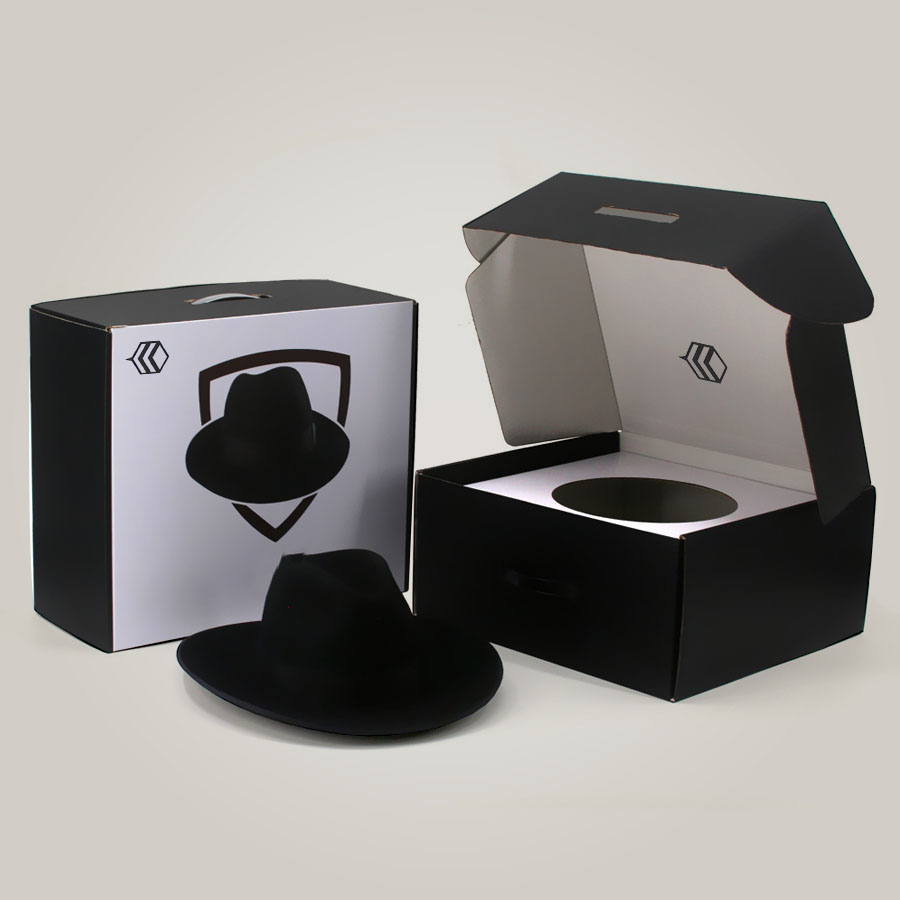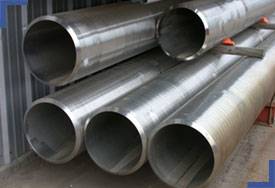Custom Development of Antibodies is a critical process in the field of biotechnology and diagnostics. The ability to design and create highly specific antibodies tailored to a particular antigen is invaluable for research, diagnostics, and therapeutic applications. Let’s explore the key steps involved in custom antibody development, from antigen design to the production of high-affinity antibodies.
1. Understanding the Basics of Development of Custom Antibodies
Development of Custom Antibodies is a multi-step process that begins with the identification of a target antigen. Antigens are molecules that elicit an immune response, and they can be proteins, peptides, or other biomolecules. The goal of custom antibody development is to create antibodies that bind specifically to these antigens, making them useful tools in a variety of applications, such as research, diagnostics, and therapeutic treatments.
2. Antigen Design and Preparation
The first step in developing custom antibodies is designing and preparing the antigen. This involves selecting the right epitope, which is the part of the antigen that the antibody will recognize. Epitope selection is critical because the effectiveness of the antibody depends on how well it binds to the target antigen. For this, advanced techniques such as peptide synthesis, recombinant protein production, or whole-cell preparations may be used to generate the antigen. Proper antigen preparation is crucial to ensure that the resulting antibodies will have high specificity and minimal cross-reactivity.
3. Immunization and Antibody Generation
Once the antigen is prepared, the next step is to immunize an animal, typically a rabbit, mouse, or goat, to stimulate an immune response. The animal’s immune system will produce antibodies against the antigen, and these antibodies will be collected for further analysis. The process may involve multiple rounds of immunization to enhance the immune response and increase antibody production. After the animal has produced sufficient antibodies, blood samples are taken to isolate and purify the antibodies for further testing.
4. Screening for High-Affinity Antibodies
After the antibodies are collected, they undergo a series of screening processes to identify those with the highest affinity for the target antigen. This is done through techniques such as enzyme-linked immunosorbent assay (ELISA), surface plasmon resonance (SPR), or flow cytometry. High-affinity antibodies bind more tightly to the antigen, making them more effective in their intended applications. The selection of these high-affinity antibodies is crucial for ensuring the success of the antibody-based diagnostic or therapeutic applications.
5. Optimization and Validation
Once high-affinity antibodies are identified, they may undergo optimization processes to improve their stability, specificity, and overall performance. This may involve modifications to the antibody’s structure or the use of humanization techniques to reduce potential immune responses in therapeutic applications. Validation is also essential to confirm that the antibodies work effectively in their intended application, whether it be in vitro assays, diagnostic tests, or animal models.
Final Thought
Custom antibody development is a complex and highly specialized process that plays a crucial role in modern biotechnology and medical research. From antigen design to the generation of high-affinity antibodies, each step requires precision and expertise. At Capralogics, we are committed to providing advanced solutions in Custom Development of Antibodies ensuring that our clients receive the highest-quality antibodies for their specific research and diagnostic needs.

